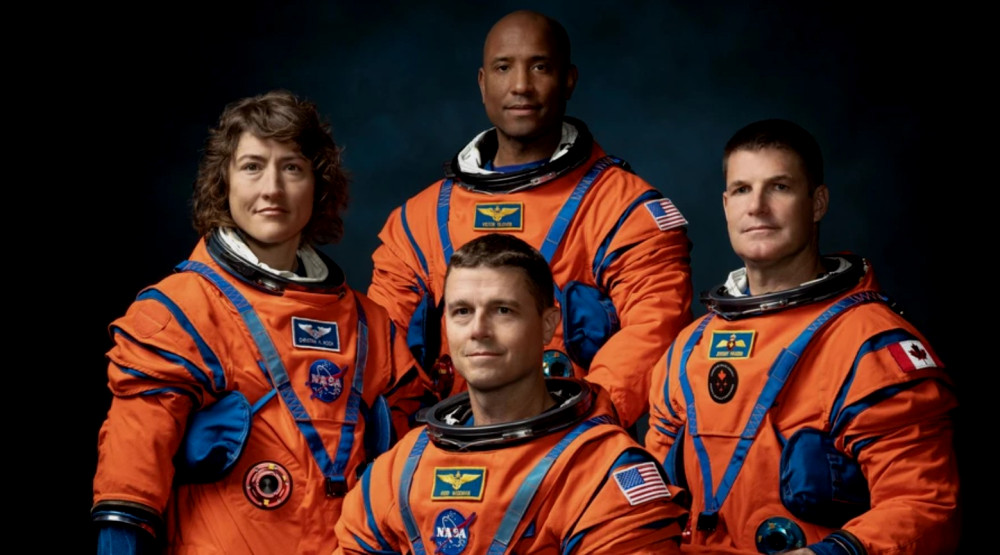NASA is optimistic that its first crewed mission around the Moon in 50 years will take place in February 2026. Previously, the agency had aimed to launch it no later than the end of April 2026, according to BBC reports.
In this mission, titled Artemis II, NASA will send four astronauts on a ten-day journey around the Moon. This flight aims to test systems for future landings and ultimately establish a long-term presence on the Moon's surface.
According to acting NASA Deputy Administrator Lakisha Hawkins, this mission represents a crucial milestone in space exploration.
"We have the opportunity to witness a historic event from the front row… The launch window may open as early as February 5, but we want to emphasize that safety is our priority," said Hawkins.
Artemis launch director Charlie Blackwell-Thompson explained that the rocket system designed to send astronauts to the Moon, the Space Launch System (SLS), is already "virtually assembled and ready to go." All that remains is to finalize the work on the Orion capsule that will be attached to the SLS and complete ground tests.
During the Artemis II mission, astronauts Reid Wiseman, Victor Glover, and Christina Koch from NASA, along with Jeremy Hansen from the Canadian Space Agency, will embark on a ten-day journey. They will not land on the Moon but will be the first crew to fly beyond low Earth orbit since Apollo 17 in 1972. This crew will also venture farther into space than anyone in history.
"They will fly at least 5,000 nautical miles (9,200 km) past the Moon, which is much farther than during previous missions," said Jeff Radigan, the Artemis II chief flight director.
The crew will also participate in an experiment tracking how space affects their bodies. Scientists will grow tissue samples from the astronauts' blood, known as organoids, both before and after their journey to compare and observe the effects of space.



